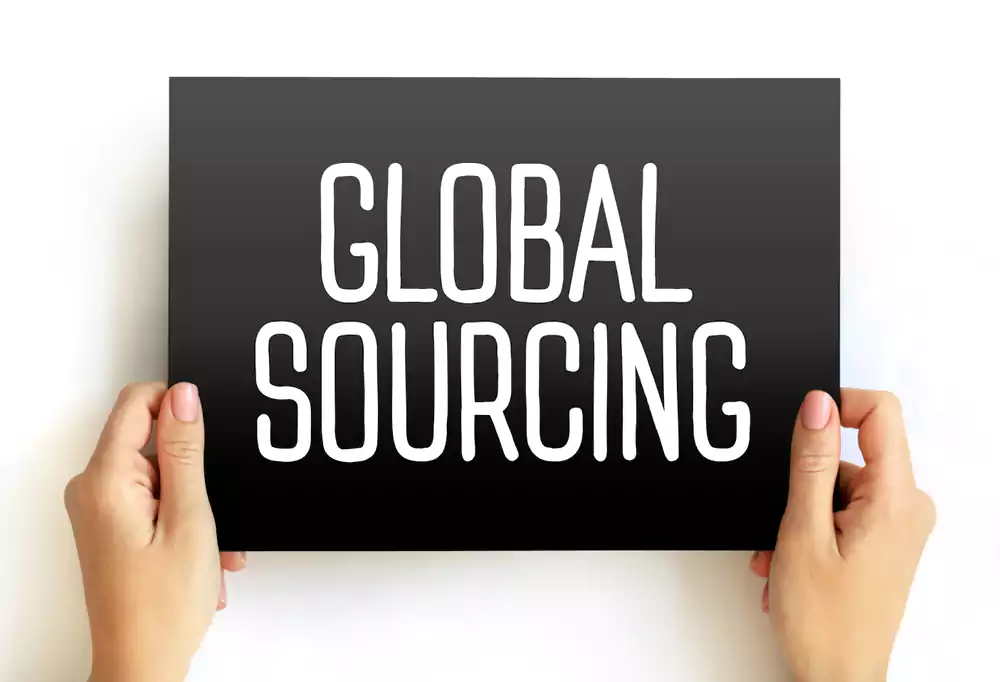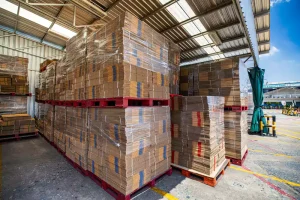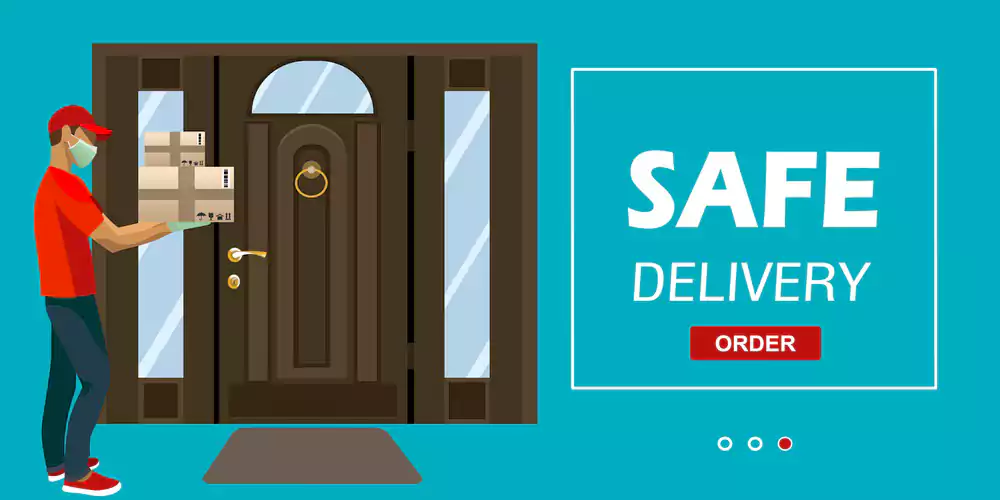Products sourcing from Alibaba China can be a game-changer for businesses looking to find reliable suppliers, especially for Amazon FBA sellers. With thousands of suppliers and millions of products available, Alibaba offers unparalleled opportunities—but navigating its vast marketplace can seem daunting for beginners.
This guide breaks down the entire sourcing process into 10 clear steps, making it easy for you to find reliable suppliers, negotiate the best deals, and confidently import your products. Whether you’re sourcing for your e-commerce store or scaling your Amazon FBA business, this step-by-step guide is your roadmap to success.
Why Alibaba is Ideal for Product Sourcing
Alibaba has become one of the largest global platforms for connecting buyers and suppliers. It is a favorite among Amazon FBA sellers because it allows small businesses to access factory pricing, bulk purchase options, and direct communication with manufacturers.
With robust search filters, supplier verification systems, and a wide variety of product categories, Alibaba simplifies the process of sourcing products after your product research part at competitive rates.
Now, let’s explore how to efficiently source products from Alibaba China and find trusted suppliers!
Step 1: Setting Up Your Alibaba Account
Before you can begin sourcing, you’ll need to create an Alibaba account. Follow these BELOW steps to get started:
- Visit Alibaba’s website and click “Join Free.”
- Complete the easy sign up or registration process by filling in your name, personal or business email address, and other details. Try to use a professional email to establish credibility when communicating with suppliers.
- Optimize your profile by specifying your industry, business needs, and product interests. Suppliers are more likely to prioritize your calls or messages if your profile is professional and clear.
A well-optimized account shows that you are serious about your purchasing needs and makes communication smoother.
Step 2: Navigating the Alibaba Marketplace
Alibaba’s marketplace can feel overwhelming without the right strategy. Here’s how to effectively search for product sourcing from Alibaba:
- Use Keywords like “Amazon FBA product sourcing,” “China imports,” or specific product names.
- Leverage advanced filters to narrow down results by supplier type, minimum order quantity (MOQ), certifications, and more.
- Explore the “Verified Supplier” and “Trade Assurance” labels. These ensure the supplier meets Alibaba’s stringent standards and provides protection for your transactions.
Pro Tip: Make a spreadsheet of the products and suppliers you’re interested in to keep track of price ranges, MOQs, and production timelines.
Step 3: Evaluating Suppliers
You must know that all suppliers on Alibaba are not created equal. Carefully assess the reliability of suppliers to avoid scams or low-quality products: Follow the below step to avoid those mistakes.
- Verified Supplier Badge: Look for suppliers with this badge, which indicates they’ve been vetted by Alibaba.
- Supplier Reviews: Check the ratings and reviews from past buyers.
- Years in Business: Suppliers with several years of business and experience are generally more reliable and trustworthy.
- Response Time: Evaluate how quickly suppliers respond to your inquiries. A fast response usually indicates good customer service.
Use tools like Alibaba’s chat feature to ask questions about shipping times, materials, or compliance with certifications like FDA or CE if required.
Step 4: Requesting Quotations (RFQs)
To get the best deals, craft a professional Request for Quotation (RFQ). Your RFQ should include the following:
- Product specifications (material, color, size, functionality).
- Expected order volume.
- Target price range (if you have one).
- Delivery timeline requirements.
By being specific in your RFQ, you ensure that responses from suppliers are accurate and relevant.
Step 5: Negotiating with Suppliers
Negotiation is a crucial step in Alibaba sourcing. Here are key tips for negotiation success:
- Start Low, Aim Fair: Suppliers are accustomed to negotiating, but remain realistic about pricing.
- Bundle Deals: Negotiate discounts for larger orders or multiple SKUs.
- Build Rapport: Communicate politely and professionally to establish trust and build a positive relationship.
Pro Tip: Suppliers may offer free samples if you’re ordering in bulk. Use this as leverage during negotiations.
Step 6: Ordering Samples
Never skip the sample stage! Samples allow you to check product quality before committing to a bulk order.
Here’s what to do:
- Order samples from at least 2–3 suppliers to compare product quality.
- Inspect the samples thoroughly for defects, material quality, and packaging standards.
- Verify that the product matches the specifications in your initial inquiry.
Consider recording unboxing videos of samples for future reference, especially if you need to discuss quality issues with the supplier.
Step 7: Placing Your Order
Once you’ve chosen a supplier and finalized pricing, here’s how to place your order smoothly:
- Use Trade Assurance through Alibaba to protect your payment and products.
- Double-check your purchase agreement, including price, quantities, production timelines, shipping terms, and return policies.
- Opt for milestone-based payments for larger orders. For example, pay 30% upfront and the remaining 70% when the order is ready to ship.
Document every part of the purchasing process to avoid misunderstandings.
Step 8: Arranging Shipping and Logistics
Shipping is a critical part of the process when importing products from China. Here are your main options:
- Shipping Methods:
- Air Freight (faster but more expensive).
- Sea Freight (slower but cost-effective for bulk orders).
Choose an Incoterm:
– EXW (Ex-Works): You handle all shipping and customs costs.
- – FOB (Free on Board): Supplier covers local transport to the port.
Work with freight forwarders for customs clearance and storage if needed.
Step 9: Quality Control and Inspection
Before your products ship, quality control (QC) is essential to avoid costly mistakes:
- Engage third-party quality inspection services like SGS or Bureau Veritas.
- Inspect for color, size, functionality, and proper labeling.
- Approve the shipment only once QC checks are complete.
Investing in QC is especially important if you’re planning to sell products on Amazon FBA, as Amazon has strict quality standards.
Step 10: Building Long-Term Supplier Relationships
Establishing long-term relationships with trusted suppliers can streamline future orders and lead to better pricing or exclusive deals:
- Maintain clear and ongoing communication.
- Provide feedback on every order.
- Place consistent orders to establish mutual trust.
Strong supplier relationships are key to scaling your business efficiently.
Bonus Resource
If you need a step-by-step walkthrough, watch this Bangla video tutorial for more insights on importing and finding suppliers!
Elevate Your Business with the Right Product Sourcing Strategy
Sourcing from Alibaba China doesn’t need to feel overwhelming. By following these 10 actionable steps—from creating your profile to nurturing supplier relationships—you can streamline the process and minimize risks.





